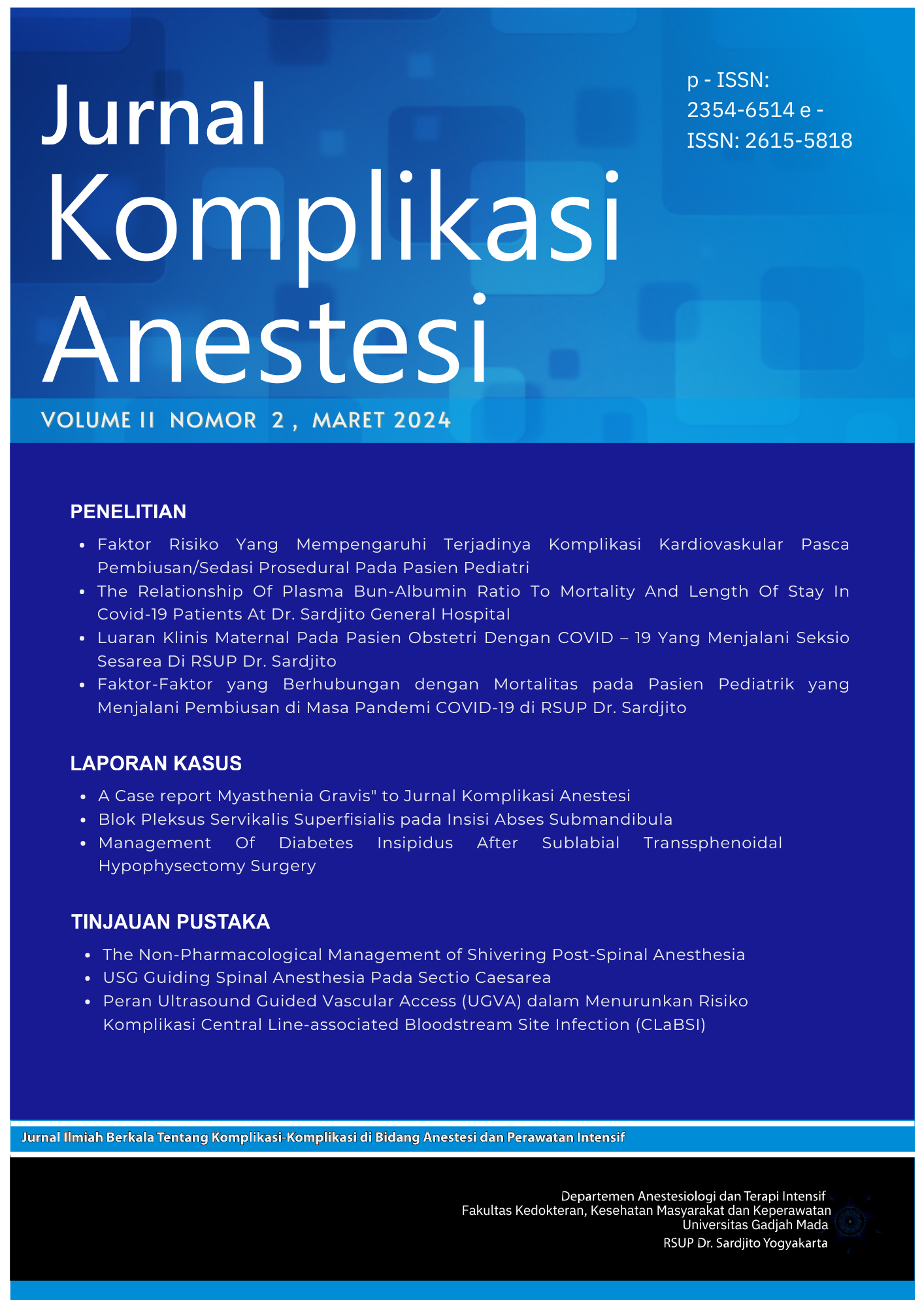A Case report Myasthenia Gravis
Abstract
Myasthenic crisis, defined as respiratory failure requiring mechanical ventilation, occurs in 15 to 20% of patients with myasthenia gravis (MG). Infection (usually pneumonia or viral upper respiratory infection) is the most common precipitant (40%), followed by no obvious cause (30%) and aspiration (10%). As a general rule, 25% of patients are successfully extubated after 1 week, 50% after 2 weeks, and 75% after 1 month. Risk factors for intubation beyond 2 weeks, the point at which tracheostomy is usually performed, include age greater than 50 years, preintubation serum bicarbonate 30 mg/dL or greater, and vital capacity within 6 days of intubation less than 25 mL/kg.
Intensive care management of the myasthenic patient should focus on timely intubation, prevention of aspiration with tube feedings, and avoidance of complications, such as atelectasis, that can prolong the duration of crisis. Plasmapheresis leads to short-term improvement of weakness in 75% of patients, and should be performed in all patients unless otherwise contraindicated. Residual weakness leads to functional dependence in 50% of patients at the time of discharge, and one-third will experience two or more episodes of crisis
Copyright (c) 2024 Sudjati Adhinugroho, Sudadi, Yunita Widyastuti

This work is licensed under a Creative Commons Attribution-NonCommercial-ShareAlike 4.0 International License.
The Contributor and the company/institution agree that all copies of the Final Published
Version or any part thereof distributed or posted by them in print or electronic format as permitted herein will include the notice of copyright as stipulated in the Journal and a full citation to the Journal.

